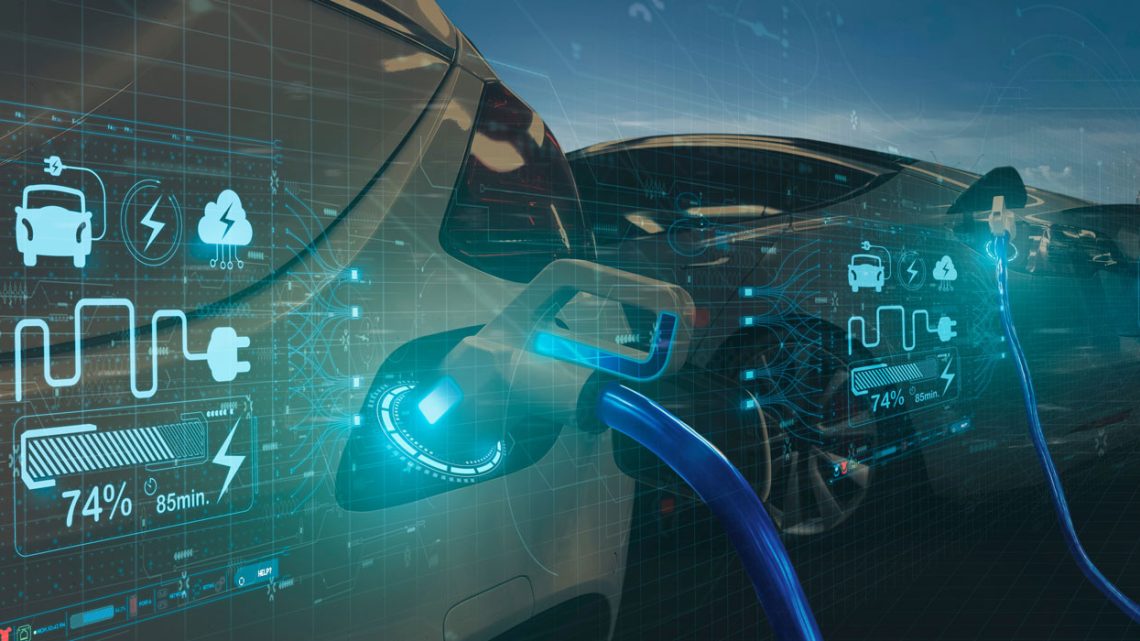
The Future of Electric Vehicles – Trends and Innovations
March 25, 2024Electric vehicles (EVs) have emerged as one of the fastest-growing segments in the automotive market. Producing no tailpipe emissions and having much reduced environmental impacts than their gasoline-powered counterparts.
Electric vehicles offer consumers many benefits, including lower costs and enhanced efficiency. But they do present several obstacles-including limited range between charges and lengthy charging times.
1. Electric Vehicles: The Future of Mobility
Electric vehicles (EVs) rely on electric motors and batteries to power their wheels, producing zero exhaust emissions (except for any carbon emissions associated with charging them ). Compared with internal combustion engine vehicles, they produce no exhaust emissions whatsoever (other than their carbon footprint associated with electricity usage).
EV models have seen exponential growth, from light-duty passenger cars to heavy-duty transit applications and micromobility devices like e-bikes.
New battery technologies will enable EVs to go further on each charge and reduce charging times, while policies like purchase incentives, bulk procurement schemes and India’s Battery Swap Policy have helped bring down upfront costs. Consumer attitudes have changed towards sustainable mobility; many consumers have become willing to switch over to an EV; this trend is anticipated to continue, though there remain key challenges.
2. Autonomous Vehicles
Autonomous vehicles need to be hyper-connected to everything around them, from other cars and traffic lights to cloud-based information resources, government hazard warnings, and traffic conditions. This enables platooning of autonomous vehicles for improved energy efficiency driving while shortening routes with reduced overall fuel consumption.
Waymo already uses Level 4 electric vehicles in its robotaxi service, while GM’s Cruise unit has begun implementing them as passenger cars. Furthermore, German tech company Einride employs autonomous pods to deliver goods for Kroger and Ikea across Europe and North America.
However, political forces may thwart EVs. A Republican presidential victory could limit EV purchase incentives while new policies in Europe aim to limit subsidies for NEVs.
3. Hybrid Vehicles
As consumer interest and production challenges waned following the pandemic, so too did sales for electric vehicles. But continued innovation in battery technology combined with demand for eco-friendly powertrains will likely cause hybrid vehicle sales to expand again in time.
Hybrid vehicles use both gas engines and electric motors to maximize fuel efficiency and decrease emissions at lower operating speeds and idling periods, with advantages including silent operation, lower thermal signature and smooth acceleration.
Plug-in hybrid electric vehicles (PHEV) allow drivers to travel up to 40 miles on all-electric power, before switching back into hybrid mode for further hybrid operation and possibly qualifying them for federal tax credits. As battery technology improves, more automakers are offering these cars.
4. Fuel Cell Vehicles
Electric vehicles (EVs) have become more widely utilized with increasing range and no need for refueling as consumer interest in hydrogen fuel cell vehicles continues to surge-evidenced by Shenzhen’s ambition of reaching 60% NEV sales share by 2025 and by Xpeng Motors becoming one of the national EV leaders through expansion in heavy duty sectors such as heavy trucks.
As the EV market expands, companies must prioritize vertical integration of their battery and EV supply chains. This involves sustainable mining of essential battery metals as well as providing fast permitting processes; as a result EVs will become more cost-competitive with traditional fossil-fuel vehicles, particularly commercial purchasers looking to lower operating costs and carbon emissions.
5. Electric Trucks
Electric vehicles (EVs) are more energy efficient than their gas powered counterparts and produce minimal direct emissions; however, they still require electrical energy from various sources, including renewable and fossil fuel-plants.
Electric trucks are poised to have a profound effect on trucking in the near future, with numerous fleets showing an interest in purchasing electric-vehicles for regional hauls and daily return-to-base operations. Rapid innovation in battery electric vehicle development coupled with rapidly changing regulations is fuelling rapid innovation within this market, with major OEMs setting electrification goals all the way through 2025.
Vehicle-to-Grid (V2G) technology will assist in lowering both energy demand and grid expansion requirements from electric vehicles, thanks to smart charging solutions which enable drivers to optimize regenerative braking while simultaneously reducing-overall charging costs. Fleets should collaborate with utilities on developing these strategies so their trucks use the most cost-efficient charging methods possible.





